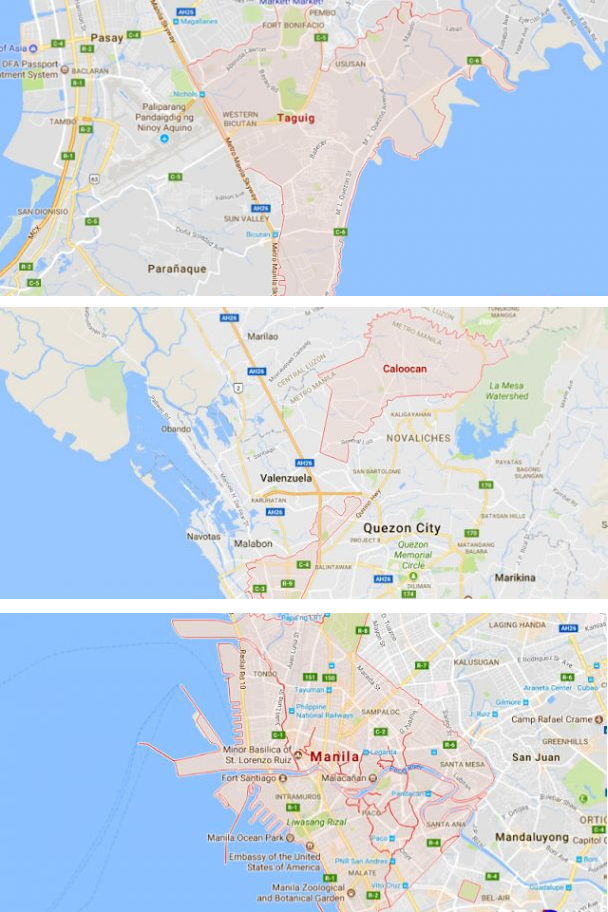
Global warming is considered as a growing threat to the Earth. Global warming is the gradual increase in the average temperature of the Earth’s atmosphere. Overall, it describes the permanent changes in the Earth’s climate.
Low-lying countries with an abundance of coastlines are at significant risk from rising sea levels resulting from global warming. According to data by the World Meteorological Organisation, the water levels around the Philippines are rising at a rate almost three times the global average due partly to the influence of the trade winds pushing ocean currents.

On average, sea levels around the world rise 3.1 centimetres every ten years. Water levels in the Philippines are projected to rise between 7.6 and 10.2 centimetres each decade.
The Philippines government has been forced to take this into consideration. A number of governmental and nongovernmental organizations have sprung up in recent years to address the issue. The Department of Environment and National Resources has its own climate change office, which has set up various programs to educate communities in high-risk areas. One program, for example, teaches communities to adapt to rising sea levels by ensuring that public spaces, such as community halls and schools, are not built near the coast.

Is there still a hope of saving these cities in the Philippines?
How bad can global warming be?

Apparently, in a report made by the Hottest Online Trends, seven cities in the Philippines will be greatly affected by the continuous rise of the ocean water due to climate change.


In a separate report made by the Asian Development Bank, the flooding will cause a great problem by the year 2085 and scientists believe that by the year 2085, seven cities will disappear.
The ADB claims that the typhoons and floodings will damage a lot of properties in the Philippines as seven cities were seen vulnerable to the rise in the sea levels.
There were also a few reports saying that the ground of the Metro Manila in the Philippines is sinking since the water in the sea level continues to rise.

The exploitation of pumping groundwater is causing the city to sink at least 6 centimeters per year and it can be predicted that after 10 to 20 years, the Metro will sink underwater and over the next 50 years, the sea level that surrounds the Philippine region will rise by 10 feet.
Aside from Manila, the other cities that will sink are Malabon, Taguig, Caloocan, Davao, Butuan, and Iloilo.


Research in the journal Science, which was released during the Climate Change conference in July, also emphasizes the importance that research addresses the effects of rising sea levels. In the Science study, researchers compared the fate of the oceans under two scenarios: one a business-as-usual approach and the other involving drastic cuts in emissions.
By the year 2085, studies predict that the altitude of the water may increase up to more than a meter, causing the countries to submerge.
"Our present climate is warming to a level associated with significant polar ice-sheet loss in the past. Studies such as these that improve our understanding of magnitudes of global sea-level rise due to polar ice-sheet loss are critical for society," states Anders Carlson, co-author and associate professor of geology and geophysics at Oregon State University in the Intergovernmental Panel on Climate Change Fifth Assessment Report 2013.
No comments:
Post a Comment